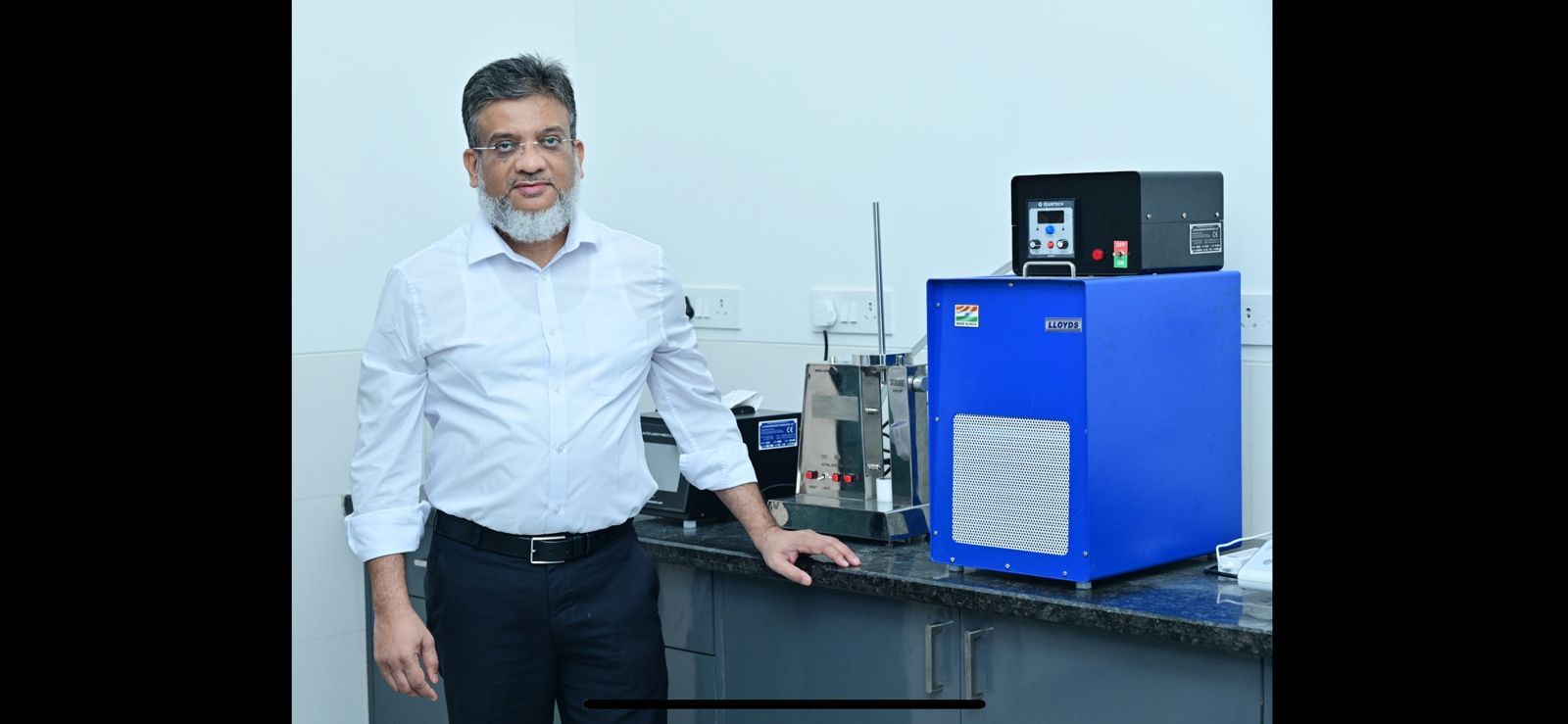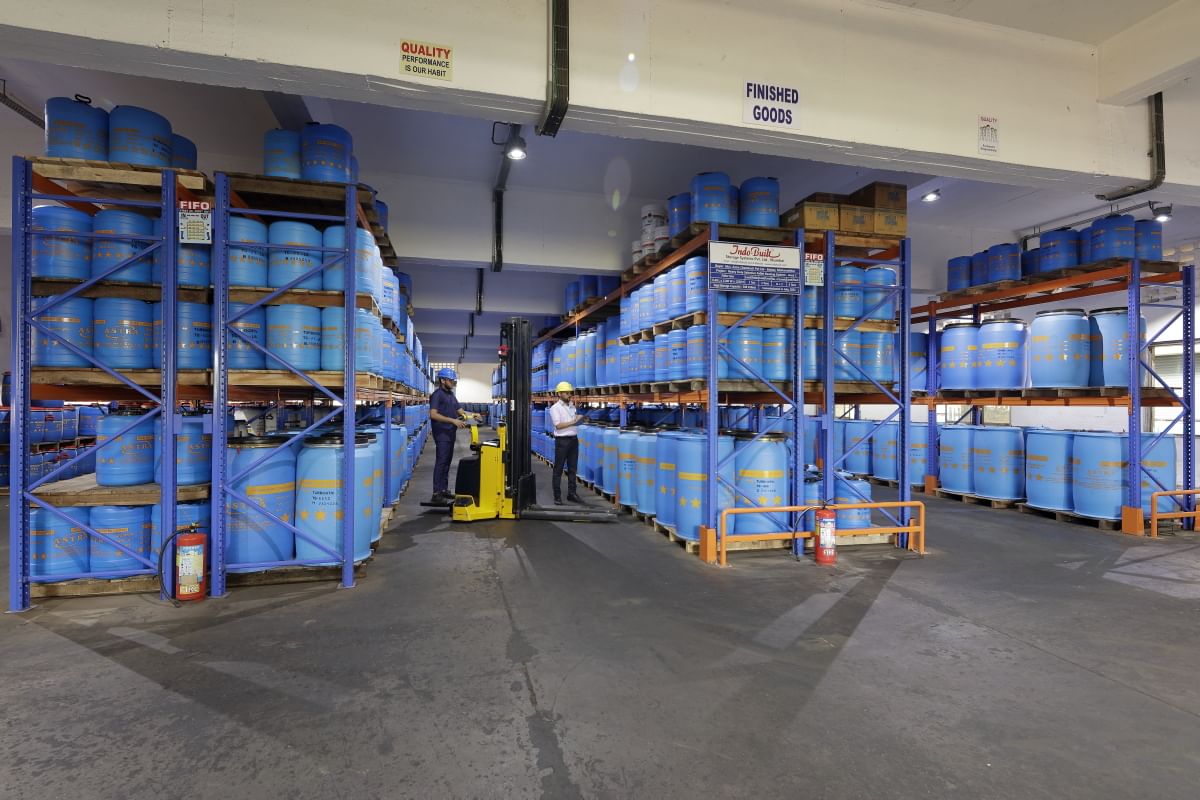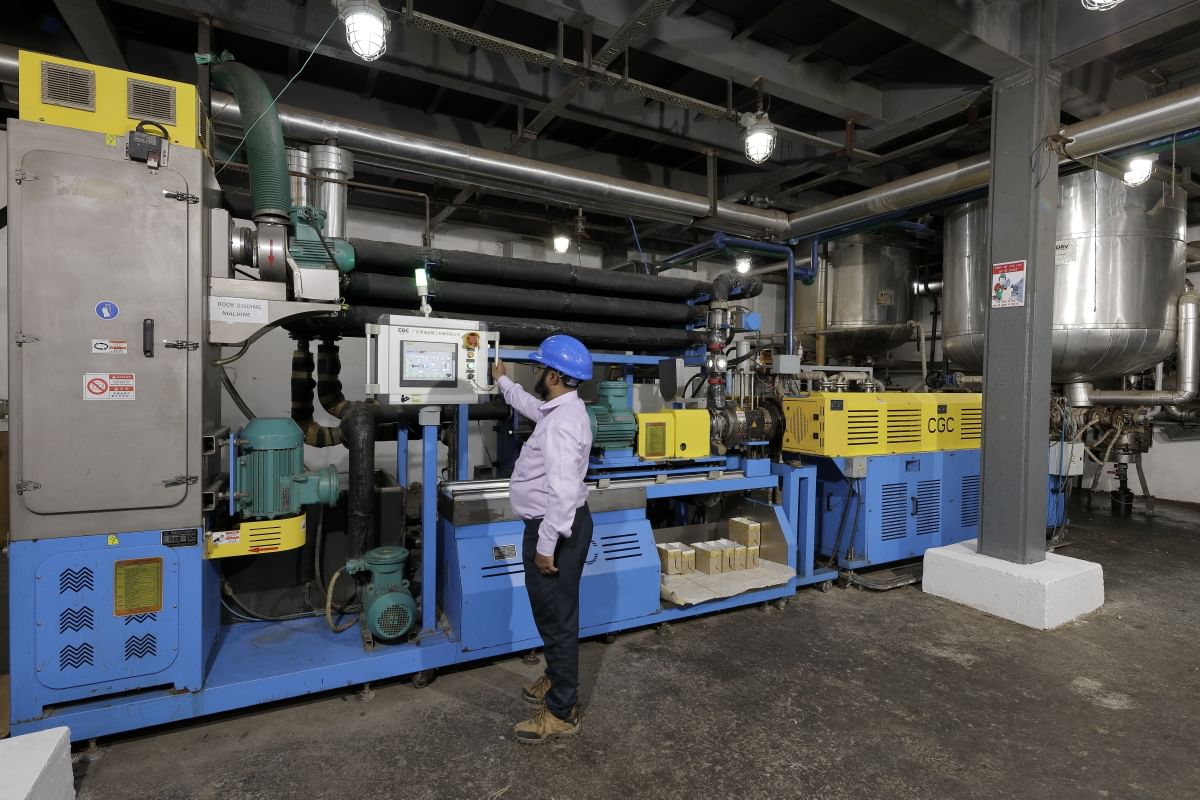Astra's journey to give packaging a sustainable upgrade with coatings
The Indian packaging coating market is expected to grow to USD 3.98 billion by 2030. This means growing at a CAGR of 6.2% ( data source Skyquest market research). Farid Sorathiya, technical director - technical & commercial graphic division at Astra Chemtech. The polymer scientist, helps sort fact from fiction in a conversation with Ramu Ramanathan
08 Aug 2024 | 8146 Views | By Ramu Ramanathan
Ramu Ramanathan (RR): First things first, do coatings offer barrier properties without harmful side effects?
Farid Sorathiya (FS): The water-based technology for barrier coatings is safe and without harmful side effects. The barrier coating seals the surface and protects the packed product from external and internal influences. Depending on the product, packed barrier coating offers adequate protection against fat, water, water vapour permeation, moisture, oil, grease, etc.
RR: What is the product's chemistry?
FS: Mostly acrylic, and sometimes biobased also depending on end user requirements.
RR: Is the coating compatible with all methods?
FS: The coating is mostly compatible with gravure, flexo, and different coating applications like air knife coater, curtain coater, etc.
RR: What is the minimum gram of coat weight to achieve the desired results?
FS: At least 5 gsm-6 gsm dry deposition is required since the coating is applied on the back side of the board. Sometimes, a double coat improves the barrier property where the first coat is applied as a primer with a top coat.
RR: Please share the cost comparison with the normal lamination with chemical coating.
FS: The initial cost difference between normal lamination and chemical coating is significant.
But there are other factors like process cost, wastage, green technology, and regulatory compliance as per the government guidelines.
The coating is compatible with gravure, flexo, and coating applications like air knife coater, curtain coater
RR: Significant cost difference?
FS: I feel the cost difference can be ignored if one wants to be a responsible participant that wants to maintain the ecological balance.
RR: Given the cost comparison, are there any superior benefits?
FS: The value addition of water-based barrier coating is the sustainability and most eco-friendly, safe technology. The limitation in comparison to lamination is robustness but research work is going to come with further solutions.
RR: What kind of certifications do you have for your product or what certification have you applied for?
FS: At Astra, we are offering a Direct Food Contact certificate as per EU and US regulations, REACH, ROHS, EN71.
RR: What about biodegradability?
FS: We have applied for a biodegradability certificate.
RR: Do the certifications comply with the rules and regulations for the export market?
FS: For most of the European countries, the United States, and the Asia Pacific, the compliance is valid.
RR: In terms of sustainability standards, how do your coatings perform on the carbon footprint and recyclability scorecard?
FS: We have adopted the safest technology which is water-based barrier coating. I feel, water-based technology is the most eco-friendly as per the scorecard of carbon footprint and recyclability. The purpose of barrier coating in the current scenario is to replace PE coating. Please note, PE is challenging to recycle in a standard recycling facility. The PE coatings contaminate fibres during the repulping process prohibiting the fibre from being recycled. The PE-coated substrate is dumped into landfills where the paper degrades quickly while the PE portion takes decades to break down. PE is popular due to its lower cost, robust properties and the ease with which it processes. A lot of energy is saved since water-based barrier coating need not be melted like PE. Normal air drying at ambient temperature is sufficient for the maturation of a water based barrier coat.
The team at Astra creates products that adhere to EU and US regulations, REACH, ROHS, EN71
RR: One feedback we have received from converters is that controlling the viscosity of coatings and ensuring consistency is burdensome. Your view?
FS: There is a tendency for the viscosity to increase if it is stored in uncontrolled conditions. The best way to maintain consistency is to maintain a stable pH and the addition of diluent helps to maintain a consistent viscosity. The emulsion polymers in water-based barrier coatings are amorphous and do not have a melting point like PE which is 110 degrees Celsius. Hence the polymers often soften or become sticky at elevated temperatures of 49-50 degrees Celsius, or pressure in production, storage, shipping or during the conversion process of aqueous-coated paperboard causing blocking issues which usually do not occur in PE-coated boards.
RR: The share of polymers in sustainable food packaging applications is expected to reduce by 50% over the next two decades. Meanwhile, fibre-based materials are projected to contribute to 40% of all materials in use for food packaging. How is this impacting your coating R&D?
FS: The impact on the R&D of coating cannot be overruled. But the fibre-based materials have limitations due to temperature sensitivity, and availability. Hence, fibre-based material and water-based barrier coatings are parallel technologies which will grow in the respective application fields as per the needs of consumers.

Farid Sorathiya, technical director - technical & commercial graphic division at Astra Chemtech
RR: Two products in your portfolio which are very popular in India are TLB 042 and TLB 011. Why so?
FS: These two products are mainly for boards and paper. TLB 011 scored good points for MVTR property, heat sealing, printability and temperature resistance. While TLB 042, scores points for its OGR property, water resistance property, printability and water resistance.
RR: Final question. Is there a knowledge gap, or technology gap in the applicator ecosystem that can be addressed? Are there any opportunities to do so?
FS: There should not be any compromise in the film weight as the purpose of the coating is to enhance the shelf life of the product packed. Hence, the selection of a suitable application technology is important. The machine should be dedicated to barrier coating to avoid cross-contamination. Constant communication regarding end-user specification is required between the customer and manufacturer to maintain the flow of information which will help to design the product and make the product fit for the purpose.
End-user specification is required between the customer and manufacturer to maintain the flow of information which will help to design the product and make the product fit for the purpose


